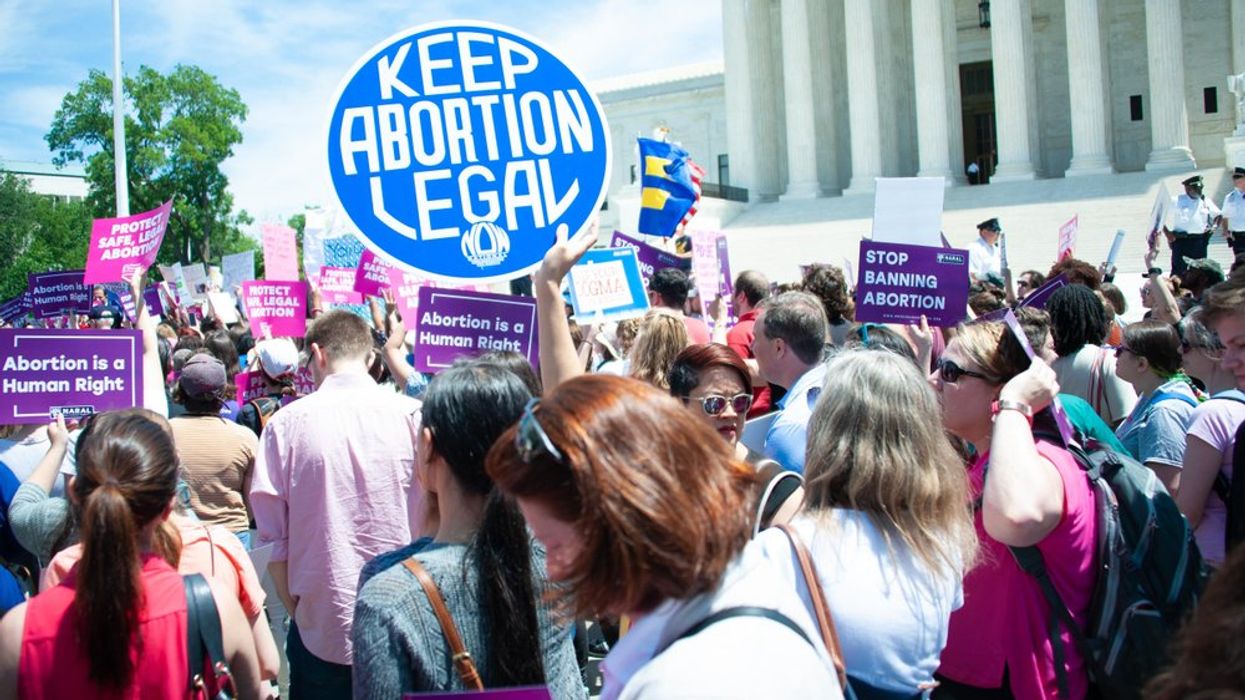(CNN) — Nearly a quarter of people seeking an abortion in the United States were unable to get one due to bans that took effect after the Supreme Court’s Dobbs decision, researchers estimate. In the first half of 2023, states with abortion bans had an average fertility rate that was 2.3 percent higher than states where abortion was not restricted, according to the analysis – leading to about 32,000 more births than expected.
The findings are based on preliminary births data from the US Centers for Disease Control and Prevention. The research has not yet been peer-reviewed but experts say the data paints a clear picture about the direct impact of abortion restrictions.
“It’s an assault on reproductive autonomy,” said Alison Gemmill, an assistant professor at the Johns Hopkins Bloomberg School of Public Health. She was not involved in the new analysis, but has published research on the effect that a strict abortion law had on births in Texas.
“We don’t always detect signals in these population aggregates because there’s a lot of variation when you group everybody together. The fact that there is a signal at the population level means that something’s really going on. It’s pretty strong evidence.”
Fertility rates – the number of births per women of reproductive age – don’t typically change dramatically. A “shock” like Covid-19, for example, led to a “temporary baby bust,” said Gemmill, who has also researched infertility during the pandemic. The 4.5 percent decrease in fertility rate in the first year of the pandemic was the largest in decades, according to CDC data.
Other research has found that the number of abortions increased nationwide in the year following the Dobbs decision, with especially large increases in states that border those with bans. But complete data on the number of abortions provided to people who crossed states lines for their care is not yet available, and the new research suggests that travel remains a significant barrier to access.
After the Dobbs decision, fertility rates increased most significantly in states with longer travel times to the nearest abortion providers, the new research found, including a 5.1 percent increase in Texas and a 4.4 percent increase in Mississippi.
Abortions have been trending up in the US for years. But rising birth rates could indicate that unmet need persists, despite an increase in the number of abortions in the year post-Dobbs.
“One might think that those data conflict,” said Ushma Upadhyay, a professor at the University of California, San Francisco’s Bixby Center for Global Reproductive Health. She was not involved in the new analysis, but is co-chair of the #WeCount project that tracks abortion trends. “But in actuality, we’ve known that there are many people who still can’t get abortions.”
While some people may have been able to travel out of banned states for an abortion, abortions are likely also increasing among residents of states where it remains legal as additional resources and support help to address unmet need that existed even before Roe v. Wade was overturned, she said.
Earlier research has found that there are many consequences of unintended birth, affecting the health and livelihood of the mother, the child and the family in general. And the new research found that abortion bans have especially affected Hispanic women, with a 4.7 percent increase in fertility rate in the first half of 2023, as well as younger women, with a 3.3 percent increase among those in their early 20s.
“Restricted access to abortion services causes this domino effect,” said Rachel Hardeman, a professor of health and racial equity at the University of Minnesota, who was not involved in the new research. People who do not have the resources to overcome additional barriers, such as costly travel to an out-of-state provider, may then have less opportunity to build long-term financial security.
“[The Dobbs decision] has had a profound impact on birthing people’s ability to decide what their family looks like and how they navigate that,” she said. “All of the material resources necessary for a family to not just barely survive, but to thrive in our society are going to be impacted by their ability to access health care, broadly speaking, and abortion care, specifically.”
Not all people who seek an abortion have an unwanted pregnancy, experts say. Some are wanted pregnancies with fetal abnormalities or other life-threatening conditions – and some of the increase in births likely includes unviable pregnancies that were carried to term.
“Infant mortality is one of these more concrete consequences that we can measure right now, and we are seeing impacts there,” Gemmill said. In Texas, for example, infant mortality increased about 12 percent in 2022, including a 22 percent spike in infant deaths caused by severe genetic and birth defects.
“I think about these women that had to carry these gestations and give birth to them, knowing that they were likely going to die shortly after birth and the trauma related to that,” Gemmill said. “We’re just going to be learning more and more about the consequences.”
The-CNN-Wire
™ & © 2023 Cable News Network, Inc., a Warner Bros. Discovery Company. All rights reserved.
Abortion laws create confusion

Video Source: Advocate Channel
- Jill Biden Is Making Waves For Women’s Health — Here's How ›
- Right-Wing Opposition to Abortion Isn't About Saving Lives ›
- The Biggest Takeaway From the 2023 Elections: Abortion Rights Prevail ›
- Abortion Bans Are Forcing More Children Into Foster Care — Mainly Kids of Color ›
- Over Half of Americans Are Against Republican Abortion Bans ›
- This Texas Woman Is Exposing a Chilling Truth About Abortion Law ›
- Texas Has Legalized the Torture of Pregnant Women ›


















































